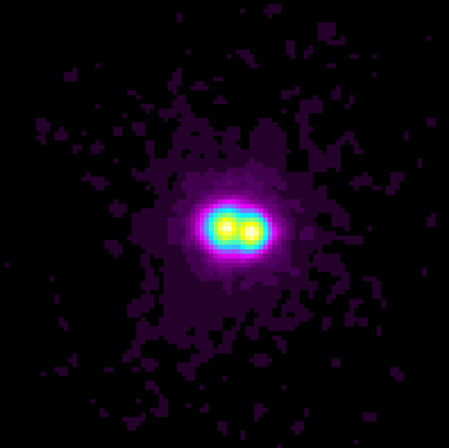in which we contemplate a compact accretor and a low mass donor, in theory
if you have a compact object, like a neutron star or black holes, then the potential energy at the surface is very negative, so any mass that falls onto the compact object may release a large amount of energy per unit mass
since this large amount of energy may be radiated (must in the case of a neutron star) and the object is compact, the characteristic temperature of the object is high - so they are typically x-ray bright
however, it turns out to be surprisingly difficult to get a low mass star to be "in contact" with a compact object through the course of normal stellar evolution, due to the deplorable tendency of the progenitors of compact objects to be massive, large and their propensity to hence eat any low mass star foolish enough to be nearby
however, in globular clusters such processes as exchanges and collisions and hardening of wide binaries can expedite the process of coming into contact, so we expect, and find, a high specific incidence of x-ray binaries in clusters
the devil, though, is in the details
including such minor issues as:
what is the duty cycle of different classes of XRBs, what fraction of the time is the system "on"
what drives the mass transfer and hence the lifetime and duty cycle? stellar evolution? gravitational radiation? magnetic braking? irradiatively driven mass transfer?
is there feedback onto the structure of the donor star?
why do XRBs in cluster tend to favour red clusters? except of course for M15?
what is the role of ultracompact binaries (degenerate low mass donor stars)?
when and where to orbital periods evolve out rather than in? what drives the period gap?
what are the resultant predicts x-ray luminosity functions?
predicted relative fraction of different donors?
distribution of final binary states, including possible "black widow" systems?
we gots to know.
so we think direct collisions between (sub)giants and neutron stars will make nice x-ray binaries, but, does "true tidal capture" - neutron star capturing an intact main sequence star in a close enough orbit for sustained mass transfer to take place late - does this ever take place.


